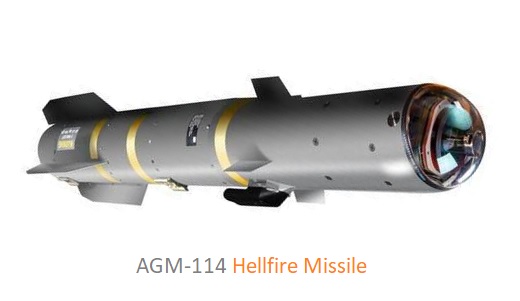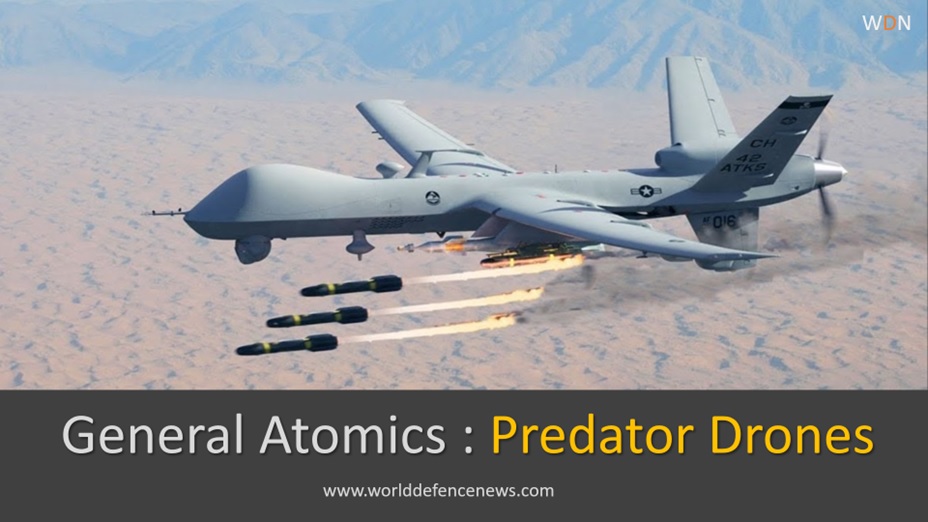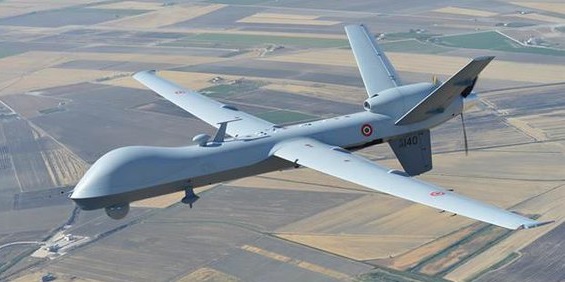
Predator Drone
General Atomics Most Advanced Reconnaissance And Armed Predator Drones
The Predator drone, also known as the MQ-1 Predator, is an unmanned aerial vehicle (UAV) developed by General Atomics Aeronautical Systems. It is widely recognized as one of the most formidable UAVs or military drones in the world.
It is designed for reconnaissance and ground attack operations. The Predator was first introduced in the 1990s, and the Predator drone was initially designed for only reconnaissance operations such as gathering intelligence and surveillance data in various military operations.
However, its capabilities evolved over time to include armed missions as well. Armed with deadly Hellfire missiles, the Predator has played a significant role in modern warfare, particularly in counterterrorism operations.
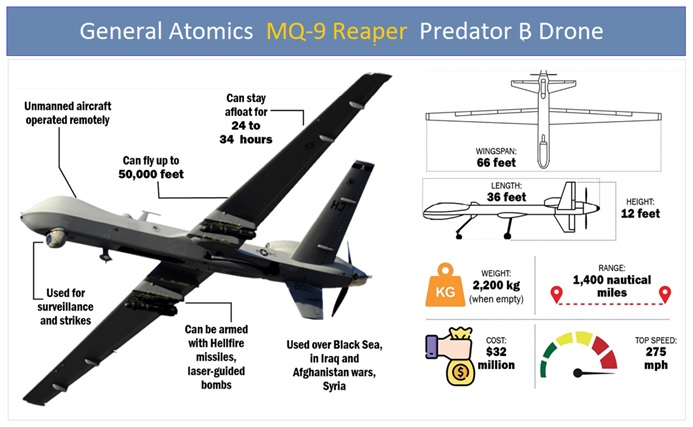
The drone features a unique design with a long-endurance capability, allowing it to stay airborne for extended periods while flying at high altitudes. This endurance is achieved through its efficient engine, aerodynamic shape, and use of satellite communication systems.
The Predator is primarily operated remotely, with a ground-based control station controlling its flight, payload, and mission parameters. The combination of surveillance capabilities and offensive capabilities has made the Predator a formidable and versatile fighting machine for military operations.
One of the key features of the Predator drone is its ability to carry and deploy precision-guided munitions, such as Hellfire missiles. This makes it a potent weapon system for precision-targeted strikes against high-value targets, including enemy combatants, vehicles, and infrastructure.
The predator drone is equipped with a variety of AI-powered sensors, including cameras, infrared cameras, and radar systems, which enable it to gather real-time intelligence, monitor activities, conduct reconnaissance, and conduct ground attack missions.
The real-time video footage, military-grade images, and data feed transmitted by the drone back to the control station provide operators with crucial situational awareness and intelligence for decision-making.
The success and effectiveness of the Predator drone have led to the development of its successor, the MQ-9 Reaper. This sophisticated drone features improved capabilities, including increased payload capacity, an advanced sensor package, and long endurance.
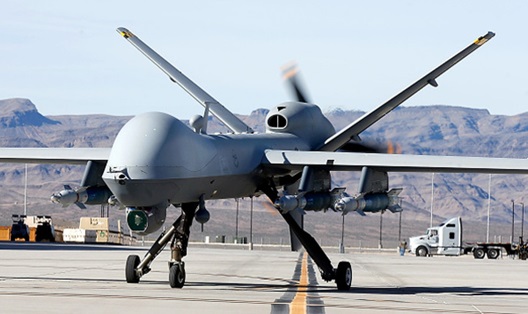
However, UAVs are still an evolving technology, although they have a proven track record of successful military operations. Critics argue that their use raises issues related to civilian casualties, privacy invasion, and the potential for autonomous operations. These concerns have led to ongoing discussions and the development of international frameworks to govern the use of drones in warfare.
The Predator drone has revolutionized modern warfare by combining surveillance, reconnaissance, and strike capabilities on a single platform. Its influence on military operations and its impact on the evolving landscape of warfare cannot be overstated.
The Predator drone variants are widely used by US armed forces and other allied countries.
Predator Drone Primary Weapons
The primary weapon used by the Predator drone, also known as the MQ-1 Predator, is the AGM-114 Hellfire missile. The Hellfire missile is an air-to-surface missile designed to engage and destroy a wide range of targets, including armoured columns, vehicles, structures, and personnel.
The Predator drone typically carries multiple Hellfire missiles on its external hardpoints, which are mounted under its wings. These missiles are guided by laser or infrared homing systems and can be launched from a safe distance, allowing the drone operator to engage targets with precision while maintaining a low risk to the aircraft.
The Predator drone has been succeeded by more advanced UAVs, such as the MQ-9 Reaper, which is capable of carrying a wider range of weapons, including Hellfire missiles as well as laser-guided bombs and other munitions.
AGM-114 Hellfire Missiles
The Lockheed Martin’s AGM-114 Hellfire missile is an air-to-ground missile that is primarily used by the United States armed forces and other countries that are allies with the U.S. It is a precision-guided missile that is designed to destroy enemy targets with minimal collateral damage.
The Hellfire missile has a range of up to 8 kilometers (5 miles) and is typically launched from a helicopter or unmanned aerial vehicle (UAV). It is equipped with a high-explosive anti-tank (HEAT) warhead or a blast fragmentation warhead, depending on the mission requirements.
